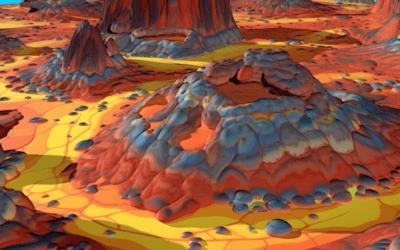Carbon monoxide (CO) and carbon dioxide (CO2) are two distinct and potentially dangerous gases that can be found in various environments. While they both contain carbon atoms and oxygen atoms, their chemical structures and properties differ significantly.
One interesting fact about carbon monoxide is that it is often referred to as the “silent killer” due to its invisible, odorless, and tasteless nature. This gas is produced by the incomplete combustion of carbon-containing fuels, such as gasoline, natural gas, and coal. Since it lacks any noticeable sensory characteristics, carbon monoxide can easily go undetected, making it particularly dangerous.
On the other hand, carbon dioxide is a naturally occurring gas that is essential for the survival of plants and animals. It is produced through processes like respiration, combustion, and decay. Carbon dioxide is also a greenhouse gas, contributing to the Earth’s natural greenhouse effect. Interestingly, it has been found that increased levels of carbon dioxide can enhance plant growth and productivity, leading to potential agricultural benefits.
Moreover, carbon monoxide is highly toxic to humans and animals when inhaled in high concentrations. It binds with hemoglobin in the bloodstream, reducing its ability to carry oxygen. This can lead to oxygen deprivation in vital organs, potentially causing serious health problems or even death. In contrast, carbon dioxide is relatively non-toxic at normal atmospheric concentrations. However, exposure to elevated levels of carbon dioxide can result in symptoms like dizziness, headache, and shortness of breath.
Additionally, carbon monoxide has a shorter atmospheric lifetime compared to carbon dioxide. Carbon monoxide typically remains in the atmosphere for about a month after it is emitted, while carbon dioxide can persist for centuries. This difference in lifetime contributes to the varying impacts of these gases on climate change. Carbon dioxide, being a greenhouse gas with a long lifespan, has a significant influence on trapping heat in the Earth’s atmosphere.
In summary, while carbon monoxide and carbon dioxide may share some similarities in their molecular compositions, their effects on organisms and the environment are vastly different. Carbon monoxide is a deadly gas, emphasizing the importance of proper ventilation and monitoring in areas where carbon-based fuels are used. Carbon dioxide, on the other hand, plays an essential role in natural processes and climate regulation, but increased levels can contribute to global warming.












